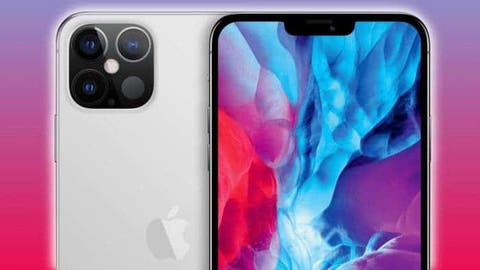Nowadays, smartphones’ display has to offer more than stunning colors and bezel-less design, they need to offer a smooth experience with a high-refresh-rate. Everything started with the Razer Phone that came as the first handset with a 120Hz display. Now, having a high-refresh-rate panel is a must for flagship smartphones, and this is slowly coming for mid-range devices as well. In the next few years, the standard 60Hz panels may disappear in the smartphone segment. Despite the premium appeal of iPhone handsets, Apple does not seem to be ready to join this trend in 2020.
According to the company’s renowned analyst Ming-Chi Kuo, the upcoming iPhone 12 models will completely miss out on 120Hz displays. According to his research note, the main reason behind Apple’s decision is bad battery life. Furthermore, an earlier report stated that the company had problems with the driver ICs. Today’s report basically put the last nail on the coffin. Apple enthusiasts will have to deal with the fact that the 2020 iPhones will ship with now “standard” 60Hz displays.
No 120Hz displays on iPhone 12 family, perhaps on the iPhone 13 series
Apple will reportedly wait until 2021 to use high-refresh-rate displays. These panels will be based on the more power-efficient LTPO technology. In fact, these panels are 5 to 15% more efficient than traditional LTPS OLED panels. The power-efficient display may help with the higher power draw of the high-refresh-rate displays. The company currently uses these displays on Apple Watches.
Apart from the bad news, Kuo also brings some interesting details for those who aren’t big fans of Apple’s wide notch solution. According to the analyst, the small 5.4-inch iPhone 12 and 12 Pro will have narrower notches. As a result, status indicators will have more space and the software will be able to show more information on the left and right parts of the display. Unfortunately, the larger 6.1-inch and 6.7-inch models will keep big notches. If you’re used to the last year’s iPhone 11 family don’t expect big changes on the larger models.
Kuo also stated in its report that the upcoming iPad Air will feature Touch ID integrated into a side power button. That’s the first time we see Apple adopting this solution that is now widely used in the Android side of the coin. This side-mounted fingerprint will allow the company to deliver an “all-screen” design like the iPad Pro. More iPad models should adopt this feature starting in 2021.
